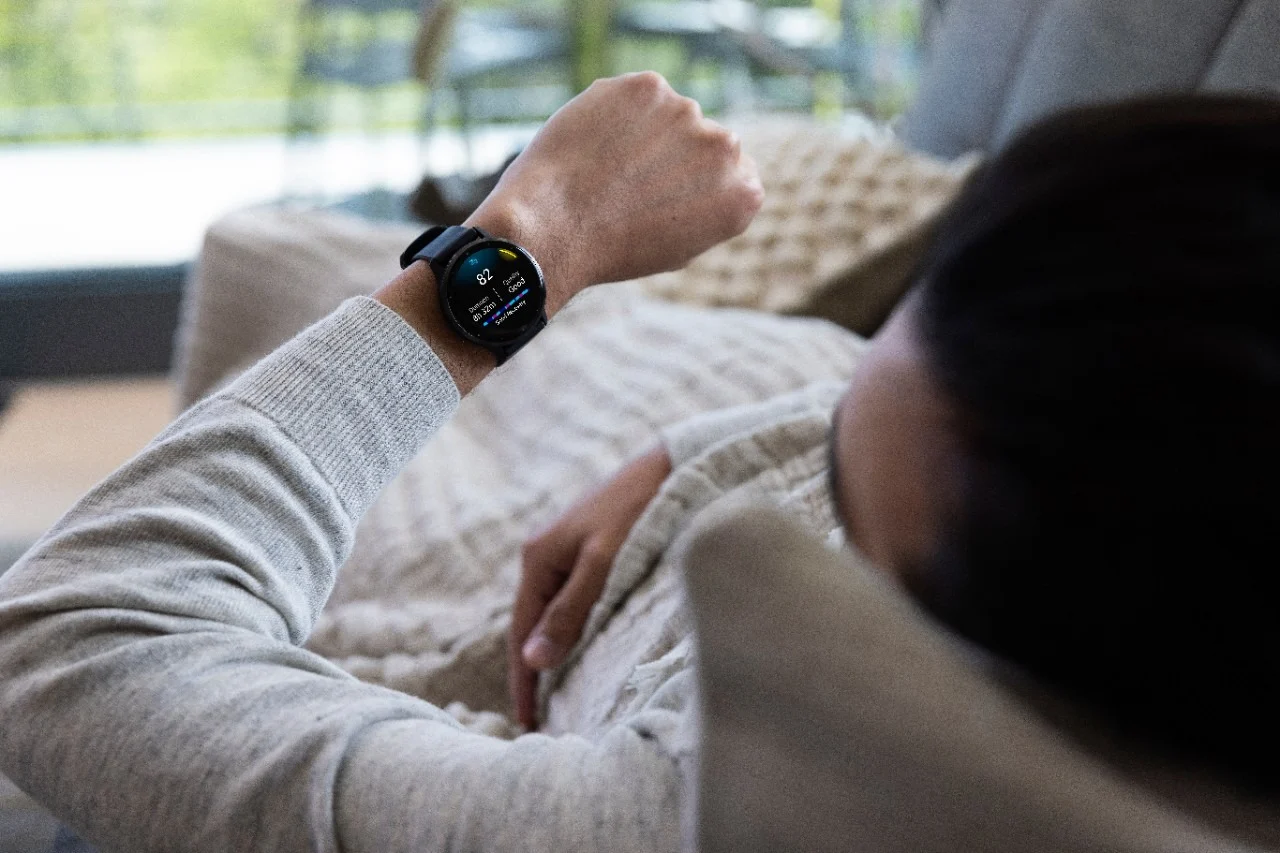
Fasted Training, is it worth it?
Intermittent fasting has become the “in” thing to do over the past couple of years and that has crossed over into the athlete realm and become “fasted training”. But what really is it and what are the benefits?
Firstly, intermittent fasting involves entirely or partially abstaining from eating for a set amount of time, before eating regularly again. There are many variations of it including the 16:8 method. Fasting for 16 hours a day, leaving an eating window of 8 hours. The 5:2 is eating standard amounts of healthful food for 5 days and reduce calorie intake on the other 2 days. This is just to name a few of the variations of intermittent fasting. Some studies suggest that intermittent fasting reduces body fat, improves insulin control, and increases longevity.
An example of fasted training on the other hand is eating your last meal or dinner at 6-7pm the previous night and then not eating before a morning training and having your first meal or breakfast at 8-9am. I started doing this on the days that I had an easy morning run until I learned about how bad it is for a female athlete to do fasted training!
Here’s why:
Fasting research started in the clinical population where it works really well in obese individuals who need to lose weight for surgery. It also works well for people who need insulin control cause they’re prediabetic or their diabetics without control. The misstep is that research has been called into the athletic environment but the research that’s coming out does not include the effects of exercise on intermittent fasting.

It is important to highlight that there are some key differences based on gender, so fasted training for men can lead to different results than for women. For men who are looking to manage their weight, there may be a slight benefit to fasted training. Research in the past couple of years has demonstrated that in young, healthy men, fasting before morning exercise decreased their 24-hour energy intake and increased fat oxidation during exercise. For high level male athletes wanting to perform fasted training does not necessarily correlate to improved performance. Instead it causes a low energy state which reduces testosterone. Lower testosterone means an increase of body fat, fatigue, and poor recovery.

Women, however, do not respond to fasted training in the same manner as men. The stress hormone cortisol naturally rises when you sleep so it’s higher in the morning. Eating before you run increases your blood sugar to help bring cortisol back to baseline and helps you to be able to reach intensities, but continuing to fast and exercising on top of that keeps cortisol high. Over time, chronic high cortisol levels can drive immune stress and inflammation. It also shown to increase muscle tissue damage and breakdown (leading to potential losses in lean mass). Lastly, elevated cortisol levels can flat line your sex hormones and throw off your menstrual cycle and even result in amenorrhea (loss of period). The long term effects of amenorrhea can be detrimental to bone health too. So for women it’s really critical not to fast because the outcomes of low energy availability for exercise is significantly more detrimental to overall health than it is in men.
Again, it is up to the individual to decide what works best for you and your body, but you need to consider the implications of fasted training on your actual training session and long term health. For me personally I’ve stopped the fasted training and always eat something small before I head out the door. Dr Sims suggests before training to not worry too much about the carb to protein ratio (ideally 10grams of protein) but even 100-150 calories is sufficient and better than nothing. A banana with a spoon of nut butter, or even piece of toast works – opt for something that your stomach tolerates. Overall if you take the time to fuel your body in the morning you can set the stage for feeling strong during your workout and for the rest of your day.




